This was my Senior Year Project. It was a lot of fun and work that ended up guiding me into what I wanted to become! I spent over 30 hours of community service helping young students learn and get experience with the basic college level principles of design in the class known as "Digital Imaging." I also wrote an essay about the experience and gave a presentation to the faculty at Issaquah High School that prepared me for graduation at my school at the time.


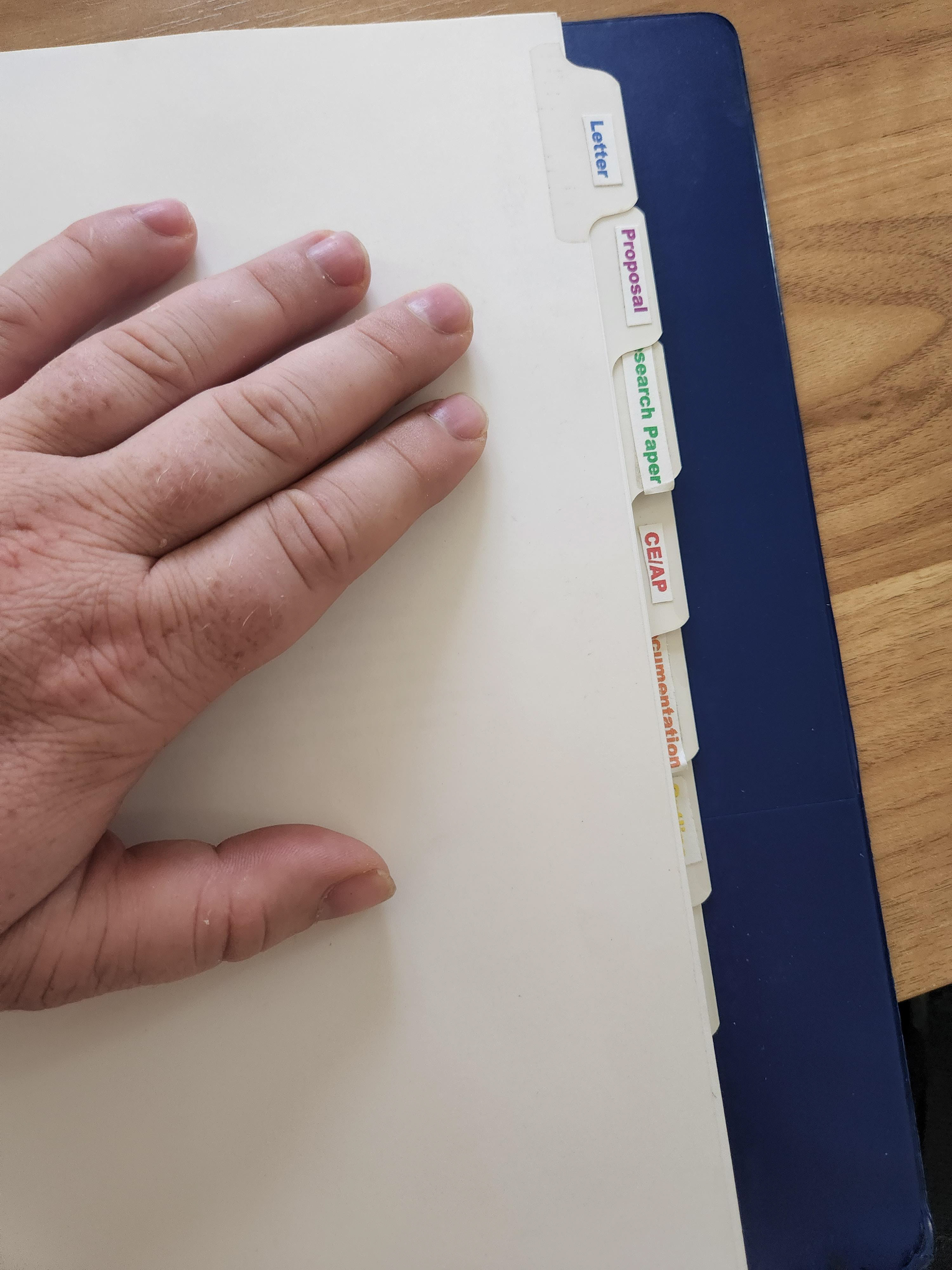





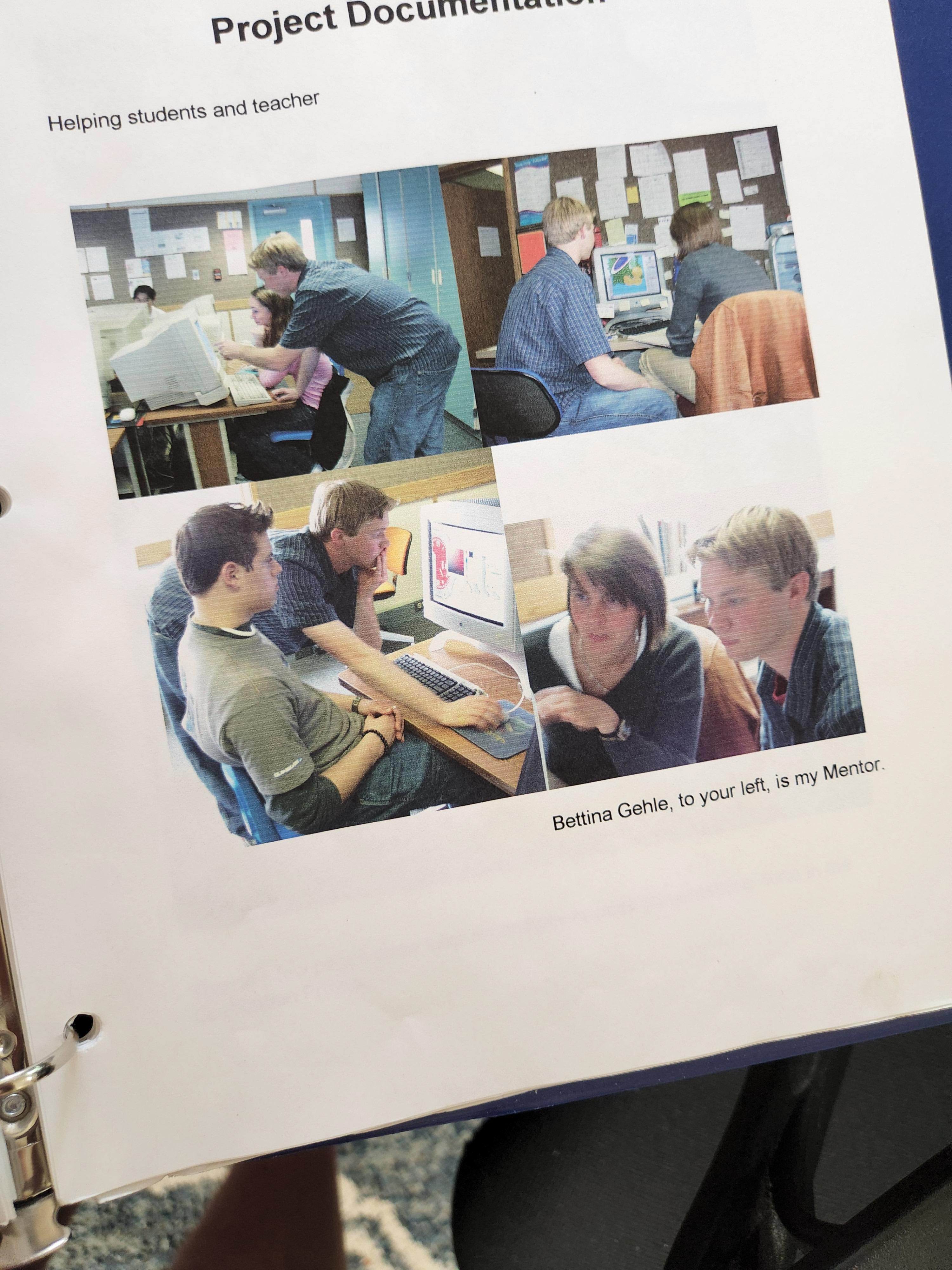



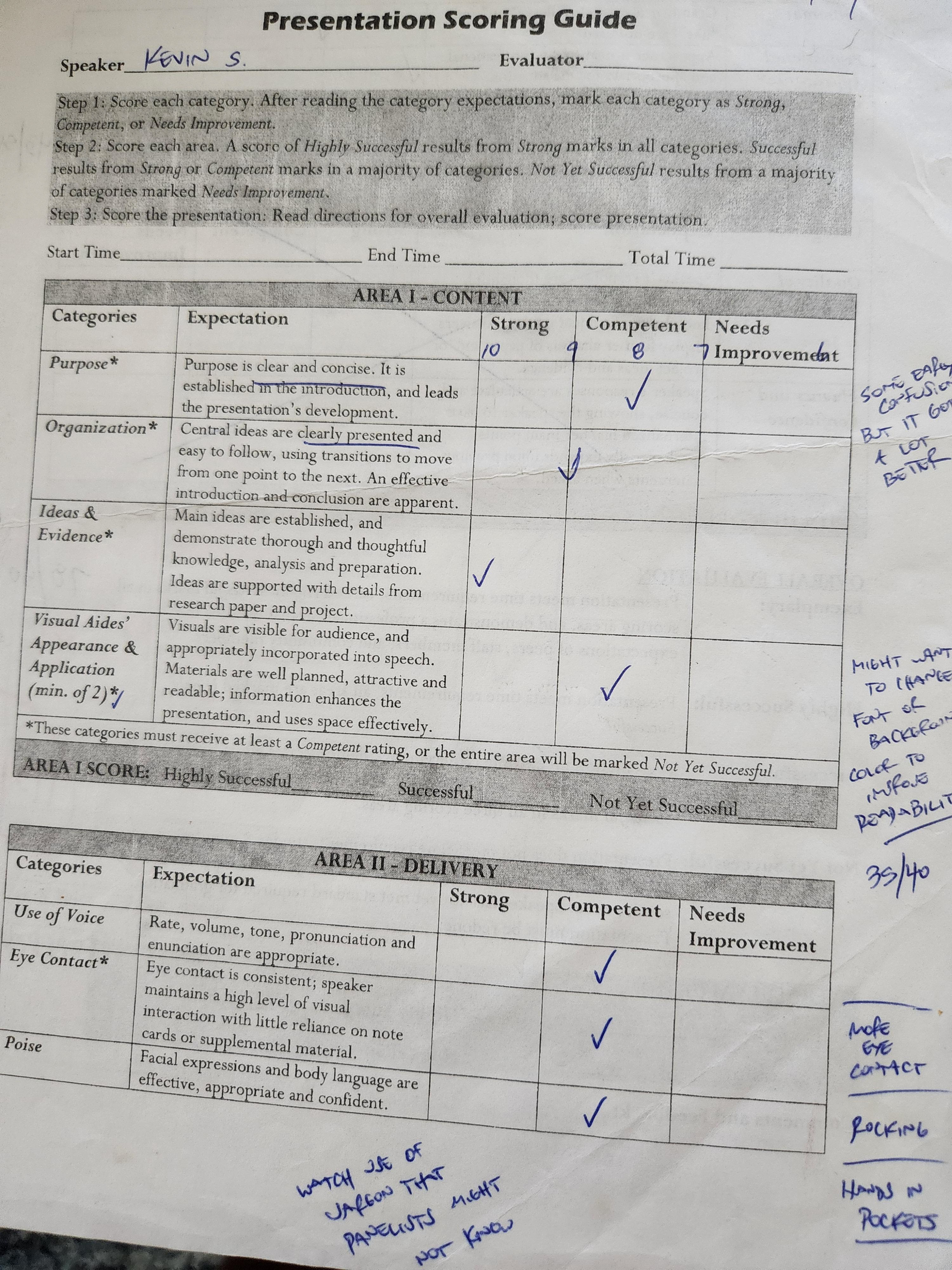
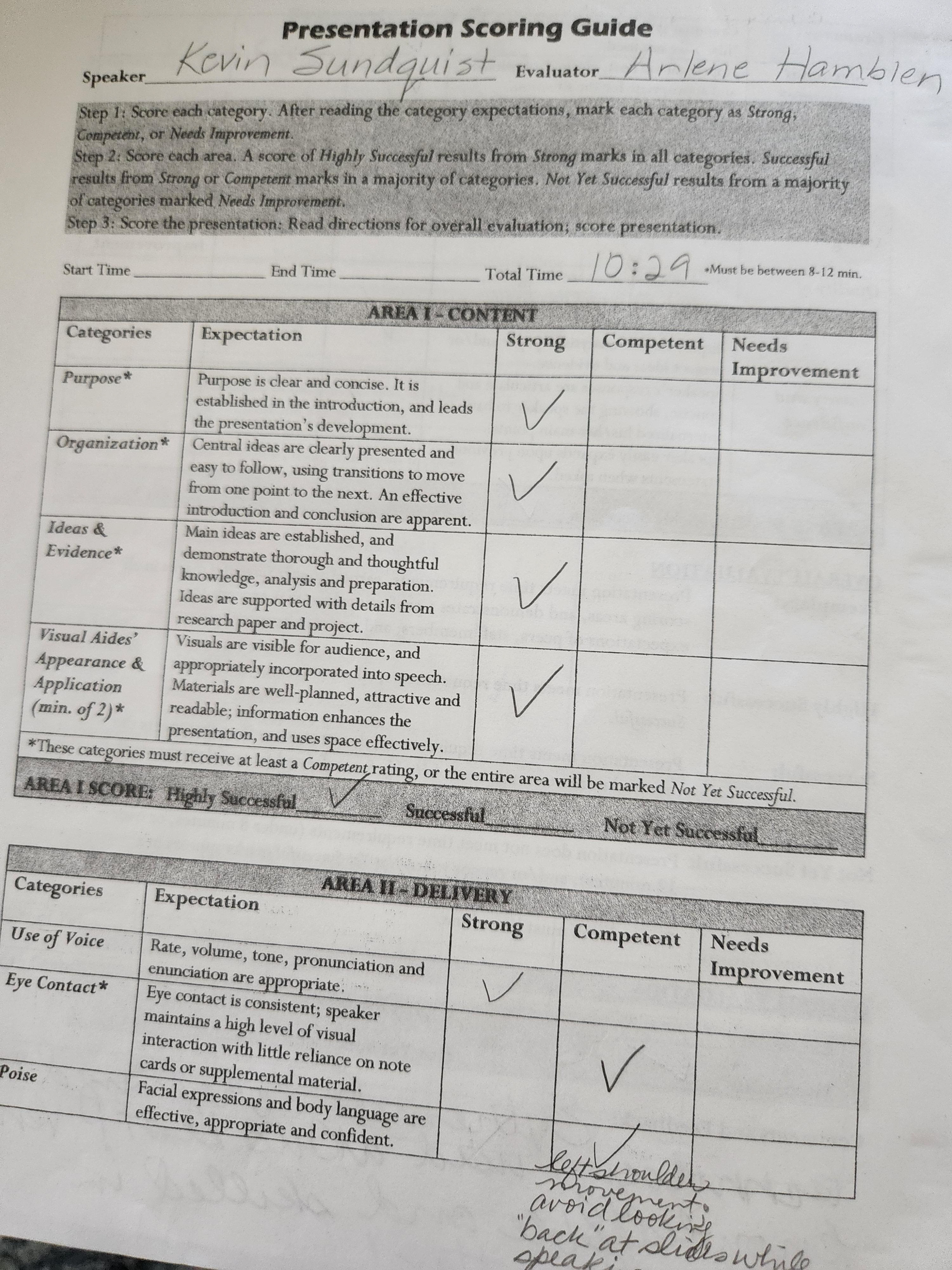
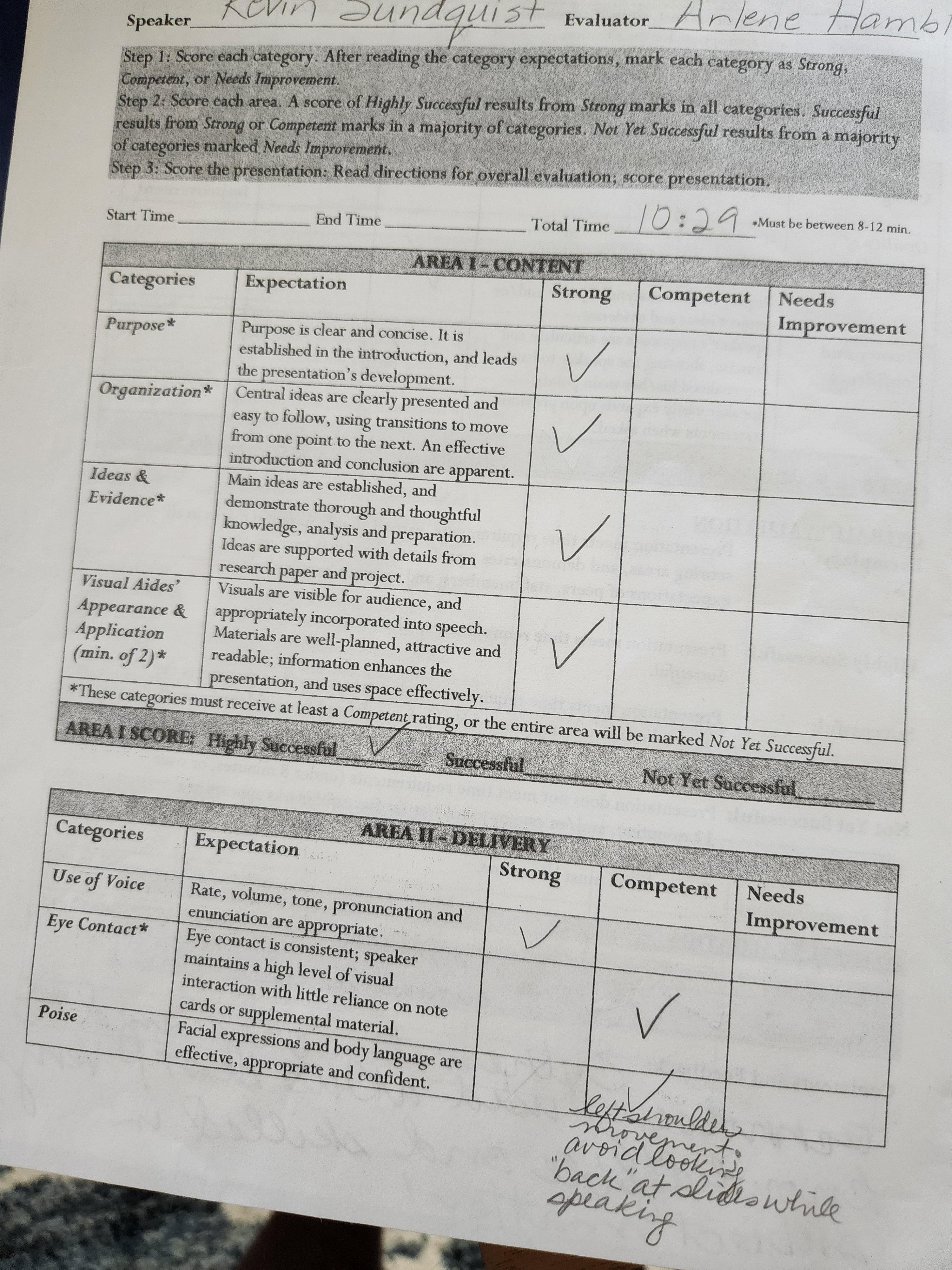
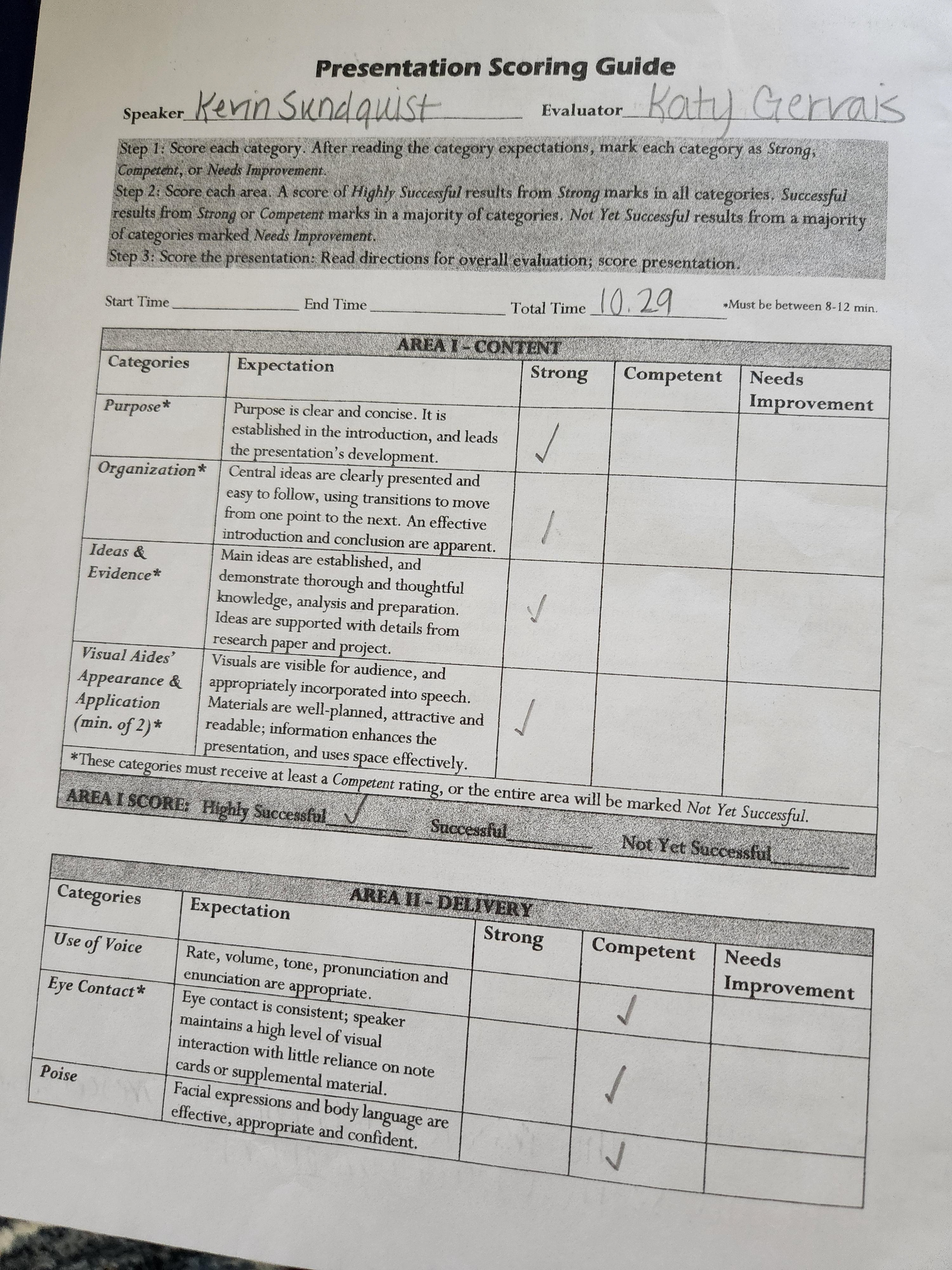
Guiding Youth into the Technology Industry
Many students today take advantage of tech prep classes designed for students with aptitudes in art and technology. In fact, last year a total of 1,844 students in the participating nine school districts within Washington State were awarded college credit through tech prep courses (Quattrociocchi and Spizman). Tech prep is an invaluable tool to a student’s future in informational technology careers, a tool which more students should access throughout the Issaquah School District. The advantages are incredible when students use their skills in art and technology to become certified and employed in the art and technology industry.
Tech prep is the field of study that allows students to engage their skills in art and technology through courses offered at selected high schools. The courses are intended for vocational learning and certification within the designated curriculum of a traditional college classroom environment. Two consortiums of tech prep were originated in the King County and Snohomish County regions. The NETPC (North East Tech Prep Consortium) as well as the SKCTPC (South King County Tech Prep Consortium) are organizations that provide students in the nine participating school districts with college credit to be obtainable in high school (“Skyline Career Center: Tech Prep”).
Providing the collaboration between high school and college related classes is an extremely difficult task. According to Ms. Conner in the Career Center, several classes are similar in nature to college, but don’t fit the required curriculum. The two organizations worked together among college and high school teachers to equalize a curriculum that would translate into a college level credit. As a result of the collaboration between school and college educators, it became possible to gain college credit while attending high school, at a cheaper price to the taxpayer, students and parents (Quattrociocchi). The community colleges working together to provide the nine school districts with college level opportunities are: Bellevue Community College, Art Institute of Seattle, Edmonds Community College, Green River Community College, Highline Community College, Lake Washington Technical College and Shoreline Community College (“Did somebody say college?”). These colleges have saved the community a large amount of money in Tech Prep credit. Among these colleges, an agreement has been made with the following nine participating school districts for higher learning opportunities: Bellevue, Edmonds, Issaquah, Lake Washington, Mercer Island, North Shore, Riverview, Shoreline and Snoqualmie Valley (NEVAC).
Tech Prep gives opportunities to explore vocational learning by being able to travel to selected high schools and achieve college level credit. Many organizations such as NEVAC are sponsored to provide vocational learning for fields of interests. NEVAC (North East Vocational Area Cooperative) is an organization that provides higher learning advantages to students shared by the nine school districts. Ron Sims, a King County executive, promotes the use and effectiveness of such a program in the on-line press release on December 12 of 2000 : “The North East Vocational Area Cooperative (NEVAC), an 18-year-old educational consortium of nine school districts were created to serve high school students” and a estimate of “over 2,200 students have taken HTLC classes with an additional 7,600 enrolled in the 2000-2001 school year”(Sims and Drewel). Funding was sponsored through the advent of the NEVAC innitative passed in the beginning year of 1999:
The NEVAC initiative provides industry certification training and preparation for Secondary school students in heart of Washington’s High Tech Corridor. The brainchild of a collaboration of nine school districts in King and Snohomish Counties, the initiative aims to develop a high technology learning center in each school district (Sims). Mikes Sill, a recently retired HTLC teacher, promoted the High Tech Learning Center that was granted “$ 2.2 million to a consortium of nine Eastside school districts called the North East Vocational Area Cooperative, or NEVAC. It split nine ways, and each school district used the money to put together their own high tech learning center”(Hayes). Programs of NEVAC are opened to all eligible junior and senior students.
Students who have interest in technology and are dedicated to learning have a great chance of getting into these classes. Although many programs in NEVAC are intended for information technology learning, many consist of vocational learning that extends interests in other areas of occupation; such classes are: Automotive Technology, Cosmetology, Culinary Arts to Electronics and Graphic Production (NEVAC). However, not all NEVAC courses offer tech prep credit and focus rather on experience and or certification. A recent program that has arisen from NEVAC is the HTLC (High Tech Learning Centers). The HTLC provides information technology courses in the following eight areas: AP Computer Science/ C++ Programming, Computer Animation, Computer Cisco Networking Academy, Computer Multimedia, Computer Networking Essentials, Computer Technology Information Project (TIP), Digital Imaging and Video Foundations, Web Authoring (NEVAC). In the spring of 2000, Digital Imaging and Video Foundations was open to teach a “higher level of visual communication” to students who have interest in art and technology (Hayes). These two IT courses sponsored by the High Tech Learning Centers are classified as Intranet Classes, meaning that only the Issaquah School District (Skyline, Issaquah, Tiger Mountain and Liberty) high schools can access these HTLC offered courses (Gehle). This is also a common practice among tech prep and NEVAC offered courses amongst different school districts.
HTLC provides much more than tech prep classes. Students, teachers and occupational employees now have opportunities to work together together and learn careers in technology through job shadows, tours of companies, internships and mentorship’s. Carola Dopps and Mary Burton are Internship Consultants hired by HTLC to provide opportunities to visit, experience and connect with the field that students and teachers want to pursue or research (High Tech Learning Center). Other activities have been popular in the technology areas, including the DiziGirlz High-Tech Camp promoted and sponsored by Microsoft. The primary purpose of this camp is to encourage female students to “get exposure” in the field of “technology and get them jazzed about” the industry (Chen). According to Carola F.S. Dopps, an internship consultant of the HTLC's, the students enrolled in these courses have a “higher percentage of boys that attend than girls” and directly attributable to the “lack of interest from woman in the career of high tech”(Chen). Since this activity, many young female students have taken interest in technology classes making vast impacts on their futures in which they want to pursue. One student in particular, Robin Dembeck, comments of her time and what she gained at the camp sponsored by Microsoft, “I would like to get an idea of how much I really enjoy computer technology, possibly discovering new areas that I have never even thought of, so I can determine whether or not I would want to pursue this field as a profession”(Chen).
The advantages of tech prep are invaluable to a student’s future in information technology occupations and can save students and parents thousands of dollars alone in tech prep credit. In the 1998-1999 school year, a total of 105 community college credits in vocational courses were awarded to students at Issaquah High School (Sage). Comparing the 1998-1999 school year at IHS to 1999-2000, more than triple the students earned community college credit through tech prep and almost doubled the number of credits earned from the past year. Within these school years $210,000 was saved in the nine participating school districts in the consortium (Sage).
This accomplishment, through means of staff members and school district counselors provided students with higher learning opportunities that extend to college level advancements. In July of 2000, 186 college classes awarded 774 community college credits to the Issaquah School District and saved a total of $37,200 to students, parents and taxpayers by students earning tech prep credit in high school (Quattrociocchi). This is a tremendous difference in savings from the past years, and it is still growing. Recently, “1,844 students received 8,643 community college credits” in the participating nine school districts in the school year of 2000-2001, providing a gigantic savings of $ 432,150 (Quattrociocchi and Spizman). Tech Prep opportunities are rapidly increasing within the Issaquah School District and specifically, the Issaquah High School. Students in Issaquah High School “received a total of 218 community college credits” at “each five participating community and technical colleges this year”(Quattrociocchi and Spizman). Studies show that a higher percentage of Issaquah High School students enrolled in Information Technology, Marketing and Applied Physics tech prep courses during the past year (sage). More students need to take advantage of opportunities in tech prep for college credit to dramatically reduce the cost required for college.
Tech Prep is given to students who pass a comprehensive exam and earn a required grade in the course. Tech Prep guarantees “students direct community college credit if they complete an articulated course with a “B” or better” and pay a one-time application fee of $15 to the college offering credits (Quattrociocchi). Many confusing factors can play into the tech prep process; including the grade requirement, passing the college level test and receiving and transferring the credit amongst colleges. According to Bettina Gehle, the Video Foundations and Digital Imaging teacher at TMCHS, students can receive college credit after they take the BCC college class waiver. It is required at BCC to take the MEDIA 109 waiver or course to further a student’s interest in technology related fields.
Once this is completed, either at BCC or online, the college transcript is mailed to the student, which can be transferable to different colleges around the participating schools (Gehle). An important factor is the actual grade requirement and college counselors are very strict and won’t debate with any student. One benefit about taking tech prep classes is once a student has registered and gained credit in a college class, in turn gains admittance and registry to the community college automatically. Giving students opportunity to save money and enhance the student’s dreams and ambitions of becoming IT professionals!
Tech prep is an enriching as well as rewarding choice for high school students with aspirations for success in high tech careers. An example of these worthwhile opportunities is found in the HTLC courses located at Tiger Mountain Community High School. Mike Sill, the past Digital Imaging and Video Foundations teacher has stated: “the point of this course is to put in front of kids actual tools and equipment used by professionals within the industry, they should have enough experience that by the time they leave here, they are almost employable. So the correlation of what you get out of it almost needs no selling”(Hayes). Not only does these courses have professional and state of the art equipment, it “opens up a path to professional development only dreamed of before the tech center was established”(Hayes).
It took many long hard years of drafting up proposals, rejection letters and concepts of past grants to achieve these high tech learning centers. Once it the classes were established, they opened up opportunitities to students with high ambitions to succeed in media communication careers. Students can earn college credit in these classes and transfer the college transcript to BCC and be placed in a media communications and tech degree with entry level job salaries ranging from $45,000 to $65,000 annually (Skyline Career Center:Tech Prep). Another advantage of IT courses is the certification training that would count as experience on students resume and portfolio. In the making of the NEVAC initiative, it was decided:
Providing industry certification through Microsoft, Cisco, or Adobe, as well as
post-secondary curriculum via classroom instruction and distance learning in such areas as web authoring, multimedia, animation, networking and programming, students will emerge prepared to compete and contribute to their own local economy (Sims).
Providing students with choices that transcend into college and future IT professions!
Relating to the current economic downfall, the tech world has gone into a similar deflation in occupations. In the past years “Washington’s number one growth industry is high tech, so the shortage threatens to stem industry expansion. Already, losses are being felt in the software industry. In 1997, $250 million in revenue losses were directly attributable to staff shortages, and currently, over 10,000 positions remain unfilled” (Sims). Jobs are available within the technology industry, even with the tremendous shock of economic disarray. According to Mike Sill “the industry is crying for people with these kinds of skills” (Hayes). Large and small corporations need qualified high tech staff at their disposal for projects involving tech preparation, design and maintenance. Unfortunately, it has been statistically proven that many jobs need post-secondary education for advancement in IT related careers. Experience needed include Certifications in software applications and associate degrees in the IT field. According to Washington States projected job openings in 1997-2005, a post-secondary degree of education will be required for job growth and employment (King and Snohomish). The main goal of the North East Tech Prep Consortium is to “convince any students who are not considering post-secondary education to continue their education so that they can compete for good jobs in the future” (Quattrociocchi). A disadvantages of not knowing a career choice before college is that a student spends more money in college than actually required. During a job shadow, Matt Lee, a Multimedia Director at APS (American Production Services) addressed the importance of getting involved within the field before a student goes to college. He recalled his experience in audio production at the Art Institute of Seattle:
I was at a huge disadvantage coming into this industry because all
through high school I knew I wanted to work in a recording studio as a
recording engineer. Once I realized that wasn't at all what I wanted to do,
I had to play catch up big time! Not only did I have to learn all the
things that everyone else already knew, but I had to learn all the new stuff
to keep up to date. I have learned SO MUCH in the last year in the
multimedia department, but what an advantage you have already for taking
these specialized classes and perfecting your skills so early (Lee).
This exemplifies the need to choose career paths prior to college, making it easier to accomplish required classes in college and succeed in the chosen technology industry!
Tech prep is the right choice for students who have ambitious goals in IT (information technology) careers. Tech Prep can be found in both Snohomish (South King County Tech Prep Consortium) and King County (North East Tech Prep Consortium) regions and the in the participating school districts. Tech prep organizations which house courses designed for classes for higher learning are NEVAC and the High Tech Learning Center. The North East Vocational Area Cooperative and the High Tech Learning Centers were provided by the Nevac Initiatives, which took many years to get passed and established. Amongst the process, scheduling management had to take place in both high school and college classes to even out the same workload as well as curriculum. Internship, mentorship’s and job shadows are available through the HTLC through the following consultants in the Issaquah School District, Carola Dopps and Mary Burton.
Many credits and savings have been achieved from tech prep throughout the school districts and share accomplishments with the tech prep consortiums. Requirements have been set, and the new year of tech prep is waiting for student’s applications for enrollment. A rewarding career in Media Communications and Technology can be acquired at BCC and college credit can be earned in high school through such intranet classes at Digital Imaging and Video Foundations located at TMCHS. An extra bonus to students is that they can transfer to the University of Washington to a Computer Science degree if a path in a four-year degree program is in the student’s future goals. Tech prep has several opportunitities that goes beyond high school and leads to future in college and technological employment! As a proposal, tech prep should be articulated and instituted more throughout the school districts, providing youth an advantage to use and qualify for becoming certified and employed in the IT industry.
Works Cited
Conner, Kristen. Personal Interview. Issaquah, Washington. 28 November 2001.
Chen, Jennefer.“DigiGirlz:High-Tech Camp for Girls Promotes Careers in Information
Technology” Microsoft Press 14 Aug. 2001. Microsoft Web Site. Personal
Computer. 31 Dec. 2001. <http://www.microsoft.com/PressPass/features/2001/aug01/08-14digigirlz.asp>
Did Somebody say College? Bellevue: Bellevue Community College’s Printing Services,
1997.
Gehle, Bettina. Personal Interview. Tiger Mountain Community High school,
Washington. 29 November 2001.
Hayes, David. “School district unveils a computer center five years in the making.” The
Issaquah Press 8 March 2000. 16 October 2001
<http://www.isspress.com/isspress/back/030800/tech.htm>
High Tech Learning Center. Eastside. 5 March 1999. 15 October 2001.
<http://hightechlearning.org>
King and Snohomish Counties Occupational Outlook 1997-2005. Bellevue: Bellevue
Community College’s Printing Services, 1997.
Lee, Matt. Job Shadow Interview. American Production Services. Seattle, Washington.
11 November 2001.
NEVAC ~ We Supply the Choices, you supply the vision. 9 eastside school districts.
NEVAC, 2001-2002.
Quattrociocchi, Susan, and Ray Spizman. “North East Tech Prep Consortium
Memorandum.” Memo to the Career Specialist and Counselors. 4 September
2001.
Quattrociocchi, Susan. Letter to Fern Miller. 17 August 2000. Tech Prep statistics and
college credits earned. North East Tech Prep Consortium, Washington.
Sage, Howard. “Tech Prep Credits Email.” Email to Fern Miller. 4 October 2000.
Sims, Ron. “Learning Centers to boost high tech workforce” King County Executive 11
Feb. 1999. King County Web site. Issaquah High School Library. 2 October 2001.
<http://www.metrokc.gov/exec/news/1999/021199.htm>
Sims, Ron, and Bob Drewel. “Sims, Drewel promote High Technology Learning
Centers, honor students who have achieved progessional status” King County
Executive 12 Dec. 2000. King County Web site. Home Computer. 31 Dec. 2001. <http://www.metrokc.gov/exec/news/2000/121200.htm>
“Skyline Career Center:Tech Prep”: 1 pp. On-line. Internet. 29 November 2001.
Available: http://www.shs.issaquah.wednet.edu/html/techprep.shtml
Project Documentation:
I presented a couple times during this project that included a power point.
Here is an example of what I actually helped students in the Senior Project and TMCHS.
Apple logo Tutorial:
Get the Apple Logo Tutorial file of the network by coping it to the desktop
1) open up Adobe Illustrator
2) File New > 12 inches by 12 inches (note, you can change the preset units by choosing a different units in either the document set-up box or the preference dialog box).
2) Go to File again, and choose Place (Now you will place a JPG image into your AI
document and choose template to use as a drawing board for the apple logo).
Hint: Choosing template creates an opacity mask over the image making it easier to trace the image.
3) You will receive a JPEG file version of the apple logo on your MAC tour (located in apple>chooser/digitalimaging/…..
4) Make sure you have rulers activated.
5) Drag guides to the appropriate sides of the apple logo to make a building block for the logo.
6) Using the Pen tool, start at the left edge of the apple logo and move down around the apple logo.
Hint: Make sure the appropriate sides have the directional lines towards the movement of the curve or angle.
7) After you complete half of the apple logo, choose the reflect tool in the tool and without doing anything else, option/alt click the designated point where you want to reflect the half apple.
8) The Reflect tool option toolbar should pop up asking you where you want to reflect the apple half. Next, choose vertical 90 degrees and copy to reflect a flipped copy of the apple you just traced.
Time for clean up!
9) Now, you are ready to clean up your apple so the both paths will turn into one object. Select the Direct-Selection tool (white arrow tool) in the toolbar and make a boundary box selection over one of the two end points and control/right click and choose join from the context sensitive menu.
10) Next you will make a bite out of your apple to simulate the apple logo. Choose the ellipse tool in the toolbar and make an appropriate ellipse circle to the one on the JPEG apple logo.
11) Next you will use a pathfinder command to subtract the object you just made with the apple. With the Pathfinder palette open, select both objects and choose Minus Front.
12) Next you will start to clean up the logo to make the apple top and bottom to make them more realistic and similarity to the apple logo. Use the Smooth tool next to the pencil tool in the tool bar and drag across the areas on the object, namely the bottom and the top to make the appropriate smooth areas of the apple.
13) Finally, you will finish the object with the stem of the logo. Choose the ellipse tool and make two over-lapping ellipse circles that will serve as the apple stem. Now, select both ellipses and Choose Intersect from the pathfinder palette.
14) Finish the logo up by making any further corrections on the logo and right the apple slogan “think different” underneath the logo. Along with the slogan, group the whole object of the apple together and scale the logo down to the appropriate size of the slogan, very small.
15) Choose the big apple and choose a predefined gradient in the swatches palette. I chose radial gradient, black and white. (Pick a different one for your grade). Also, fill the small apple by the slogan with a red color predefined in the swatches palette.
16) Finally, Drag the layer apple logo JPEG into the trash and save it as yourname_applelogo.ai .
"It was a very difficult project to complete. I learned a great deal from helping students and others who were also interested in entering the field of technology and art. I presented my Senior Project in front of a panel and passed! It was by far the hardest assignments that became a rewarding endeavor for my high school career. "
